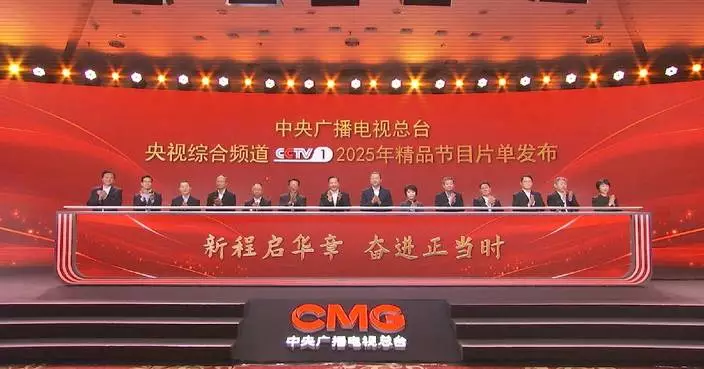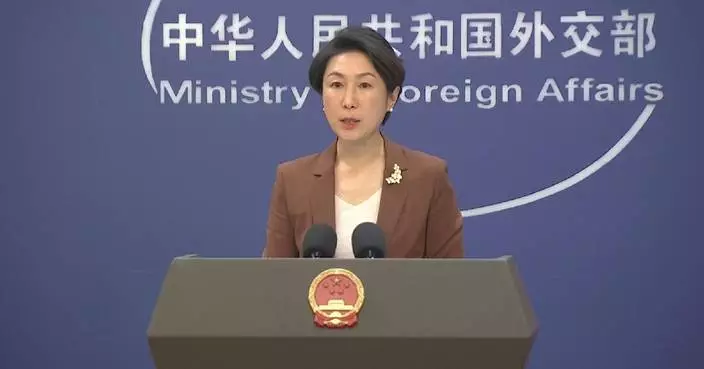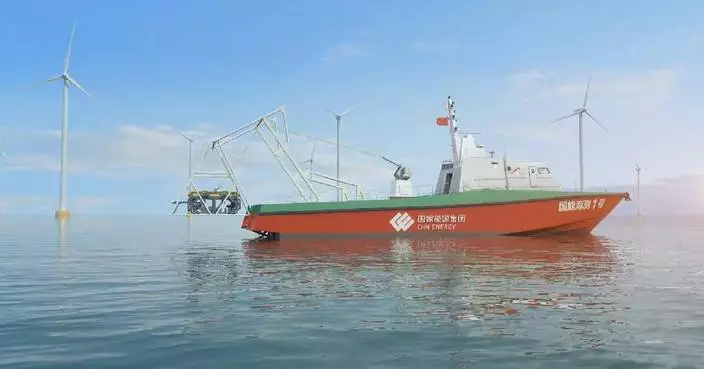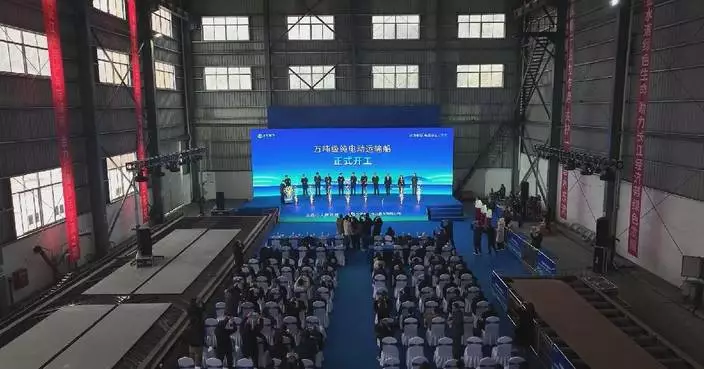Japan's corporate goods price index, which measures costs of goods traded between businesses, went up three percent year on year in July, the Bank of Japan (BOJ) said Tuesday.
According to preliminary figures from the BOJ, the producer price index stood at 123.1 against the 2020 base of 100, up 0.3 percent from that of June.
The pace of growth on year marked the sixth straight month of expansion, the central bank data showed.
Local analysts noted that the monthly increase was mostly due to the Japanese government's halted subsidies for electricity and city gas, while the weakening yen exerted upward pressure on import prices.
In breakdown, electricity, city gas, and water prices rose by 6.7 percent year on year and 4.4 percent month on month.
The biggest contributor to the increases in corporate prices for the month was the price of nonferrous metals, which rose 18.5 percent from a year earlier, while that for plastic products, other industrial products, and products from agriculture, forestry and the fisheries sector also saw increases.
The only category where prices fell year on year was wood and wood products.
Meanwhile, the yen-based import and export price indices both increased by 10.8 percent year on year for the month.
The corporate goods price index, one of the country's important inflation gauges, measures prices that companies charge each other for goods and services.

Japan's wholesale prices continue to rise in July

Japan's wholesale prices continue to rise in July
Festive receptions were held by Chinese embassies to celebrate the upcoming Spring Festival, with the promotional video for the 2025 China Media Group (CMG) Spring Festival Gala unveiled to add festive atmosphere to the events.
The Spring Festival centers around the Chinese New Year, which lands on Jan. 29 this year, ushering in the Year of the Snake.
The Chinese Embassy in Tajikistan hosted a Spring Festival reception on Jan. 20 for overseas Chinese in Tajikistan. Nearly 300 people, including representatives of overseas Chinese groups such as the Chinese Chamber of Commerce in Tajikistan, the Federation of Overseas Chinese, teachers and students from the local Confucius Institute, and international students in Tajikistan, gathered to celebrate the coming of the Year of the Snake.
In his speech delivered at the reception, China's Ambassador to Tajikistan Ji Shumin said that China's high-quality development and high-level opening-up have injected certainty and stability into a turbulent and changing world. China-Tajikistan cooperation in various fields has been promoted across the board, and the development of bilateral relations has reached a new level. Looking forward to 2025, China-Tajikistan relations will shine with new vitality and bring more benefits to the people of both countries, said the ambassador.
The promotional video for the 2025 CMG Spring Festival Gala was played in a loop at the reception. By watching the video, guests felt the festive atmosphere of the Spring Festival and the unique charm of Chinese traditional culture.
At the reception, overseas Chinese in Tajikistan performed a variety of cultural programs created by themselves. The joyous lion dance, the melodious guzheng performance, and the passionate Tajik eagle dance added a great deal to the festive atmosphere.
The Chinese Embassy in the Philippines, the Federation of Philippine-Chinese Chambers of Commerce and Industry, the Federation of Philippine-Chinese Associations, and the Philippine-Chinese Chamber of Commerce jointly held a Spring Festival reception on Jan. 19. More than 1,000 people from the Philippine government, Congress, overseas Chinese, people from all walks of life, and foreign diplomatic envoys to the Philippines gathered to celebrate the festival.
Huang Xilian, Chinese Ambassador to the Philippines, extended New Year greetings to people from all walks of life in China and the Philippines, saying that the Spring Festival is a common festival for the people of many countries, including China and the Philippines, and has been listed as an intangible cultural heritage of humanity by UNESCO. He said that this year marks the 50th anniversary of the establishment of diplomatic relations between China and the Philippines, and he hopes that both countries will cherish and maintain the bilateral relations for greater benefits to the people of the two countries.
Philippine Vice President Sara Z. Duterte and Louise Araneta-Marcos, wife of Philippine President Ferdinand Romualdez Marcos Jr., extended new year greetings via video link. Duterte said that the 50th anniversary of the establishment of diplomatic relations between the Philippines and China is of great significance, and she looks forward to the two countries working together to create a harmonious and prosperous future. Marcos said that the Philippines-China relations have been developing continuously for decades, which truly reflects the long-term friendly relations between the people of the two countries.
The promotional video for the 2025 CMG Spring Festival Gala was played at the reception. The festive atmosphere and gorgeous stage design attracted the attention of all the guests present.

Chinese embassies hold receptions to celebrate upcoming Spring Festival






















































